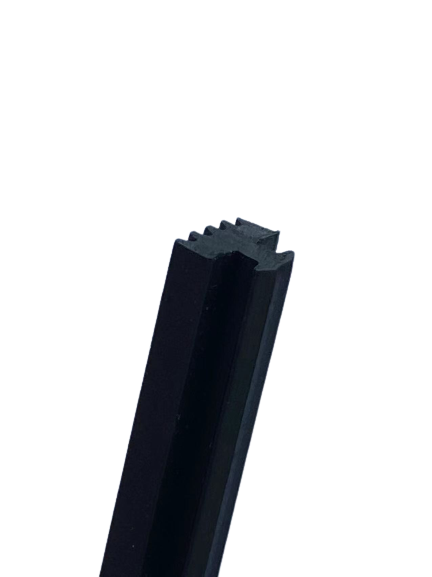Sep . 24, 2024 07:46 Back to list
Tips for Sealing Around Your Garage Door for Improved Insulation and Energy Efficiency
Sealing Around Your Garage Door Importance and Tips
The garage door is one of the most significant entrances to your home, providing access, security, and protection for your vehicles and belongings. However, a common oversight is the sealing around the garage door. Proper sealing is essential for energy efficiency, pest control, and weather protection. In this article, we'll explore why sealing your garage door is crucial and provide practical tips for ensuring a tight seal.
Why Sealing is Important
1. Energy Efficiency An adequately sealed garage door helps maintain the internal temperature of your garage. During hot summers or cold winters, gaps around the door can lead to significant temperature shifts. This not only affects the garage itself but can also influence the adjacent living areas, increasing energy costs as your heating and cooling systems work overtime to compensate.
2. Pest Control Unsealed gaps can invite unwanted pests, such as rodents, insects, and other critters. These pests may see your garage as an entry point into your home. By ensuring a tight seal, you can deter these intruders and protect your belongings from potential damage.
3. Weather Protection Rain, snow, and wind can easily infiltrate a garage with poor sealing. Over time, this can lead to water damage, mold, and wood rot, especially if you store valuable tools or equipment in your garage. A good seal helps keep out moisture and harsh weather, preserving the integrity of your garage space.
Tips for Sealing Your Garage Door
seal around garage door

1. Inspect the Weatherstripping The weatherstripping at the bottom of your garage door is your first line of defense against the elements. Check for wear and tear, cracks, or gaps. If the weatherstripping is damaged, replace it with a new, high-quality rubber or vinyl material. Ensure it fits snugly against the door when closed.
2. Check for Gaps and Cracks Inspect around the sides and top of the garage door. Any visible gaps can be filled with caulk or foam sealant. This will help keep out moisture and pests while enhancing energy efficiency.
3. Use a Door sweep Installing a door sweep at the bottom of your garage door can add an extra layer of protection. This rubber or bristle strip moves with the door, ensuring that it seals against the floor effectively.
4. Regular Maintenance Routinely check the condition of your garage door seals and weatherstripping, especially before changing seasons. Make a habit of inspecting your garage door twice a year to address any issues before they become significant problems.
5. Adjust the Garage Door If your garage door doesn’t close properly due to misalignment, it can create gaps. Most garage doors are adjustable; consult the manufacturer’s instructions or a professional to make necessary adjustments.
6. Consider Professional Help If you're unsure about how to seal your garage door or if you discover significant issues, it may be worthwhile to consult a professional. They can assess the situation and recommend appropriate solutions.
In conclusion, sealing around your garage door is not just a minor detail but a vital aspect of home maintenance that pays off in improved energy efficiency, better pest control, and enhanced protection from the elements. By taking the time to ensure your garage door is properly sealed, you can protect your home and save money in the long run.




